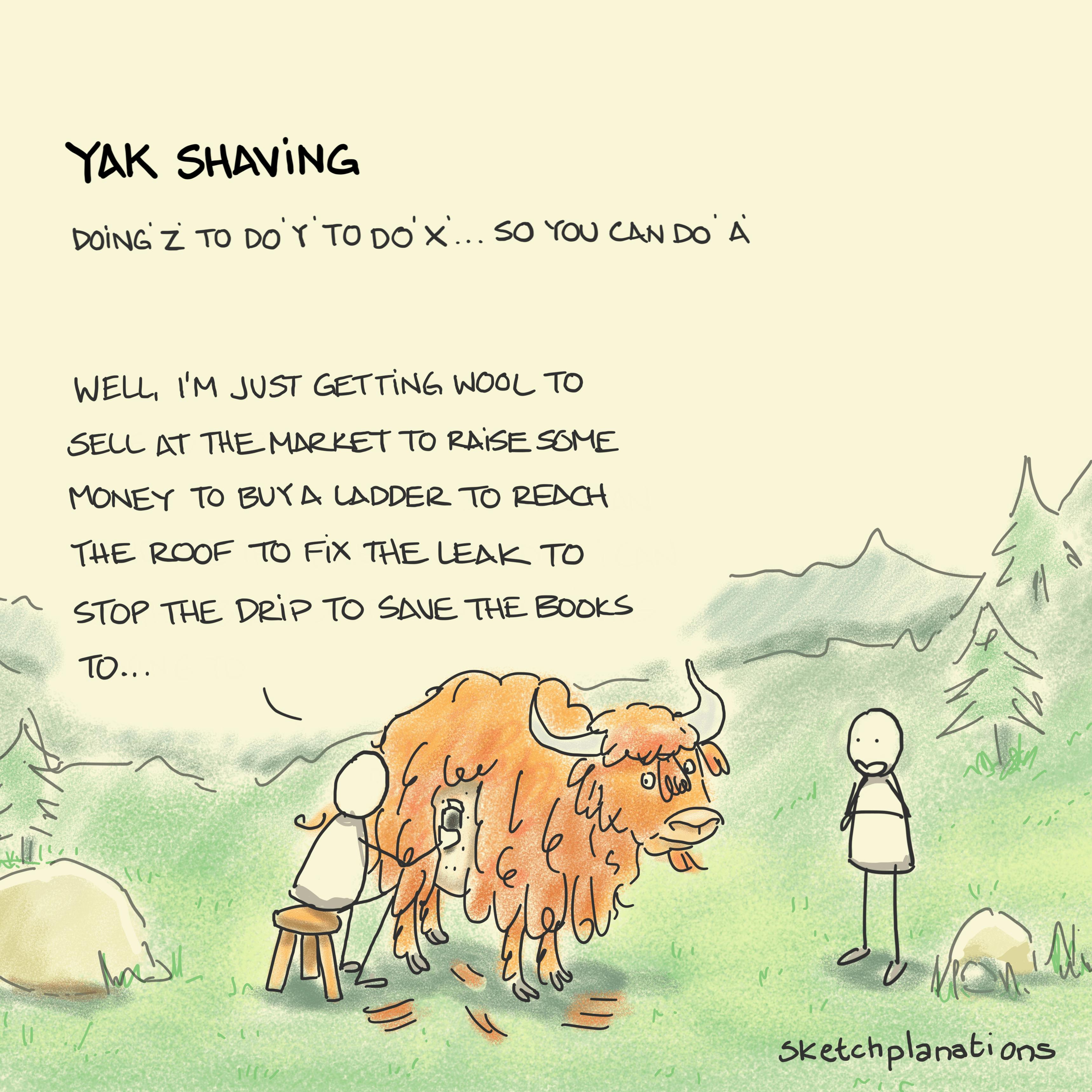Welcome Ed.
It is a slippery slope getting into knifemaking. Once you start sliding in it is hard to stop. Cost is an issue you need to decide on very early. Honestly, it would be extremely difficult to set up a knife shop for $500-800 unless you had a good shop of tools and machines already.
For forging knives in a simple and rustic way you will need a basic forge (propane is easiest) an anvil and some forging hammers/tongs, and some way to finish the knives. For most folks that is a propane forge and some sort of belt grinder, a 75 pound or bigger anvil, at least one blacksmith cross peen hammer, a pair of tongs, ... plus a good number of other tools and supplies.
Gorge - Atlas Forge is a good simple forge that works.
Anvil - Atlas makes very good knifemaking anvils at reasonable prices. The small one works fine for simple knives and hobbyists.
Hammers - Suitable hammers to learn on can be bought at Harbor Freight, or specific smithing hammers from Blacksmith supply houses and knife suppliers. Many smiths end up with a bucket of specific purpose hammers.
Tongs - Tongs are task specific, too. In the beginning, a pair of long handed pliers from HF will get you started.
A small drill press works fine for drilling the tang holes and handles. Even a hand drill will do on the first few.
You will need a saw to cut the steel bars. A High-Tension hand hacksaw and good bi-metal blades will work just fine (about $25)
You will need some 8" to 10" flat files. A mill bastard and a second cut will do to start.
You will need a big stack of wet-or-dry sandpaper. 3M works, but there are many other brands. Tru-Grit is a good supplier as is most knife suppliers like Chuck at Alpha Knifemakers Supply, etc. You want 100, 200, and 400 grit at least.
Once the knife is forged, filed, sanded, it needs to be heat treated to harden the metal. This can be done in the forge for carbon steels but needs an electric HT oven for stainless and high alloy steels. You can send the blades out for HT or have another smith do it during a shop visit.
Of course, you will need some steel and handle material. You may even have some offered to you free to help you get started.
There are probably many things I left off but wanted to give you the basic scope of it.
The best plan is to find a smith in your area and visit him/her. They can show you the basics and may have some old equipment to let you use. Washington and Oregon have a lot of makers, so you may get lucky and have one a short drive away. There are certainly several in a 2-hour drive window.
Forging is just one method of shaping the blade. It is fun but does not finish the knife. You still have to refine and do the final shaping with abrasive tools. Stock removal is the other way, where you shape the knife completely by cutting, filing, grinding, and sanding. I recommend starting with a simple stock removal project using hand tools. A drop point hunter is the normal first knife project. You can do this for as little as $100.
Start slow. Make your first knives with a hacksaw, files and sandpaper. If you had fun, start planning on adding equipment.


